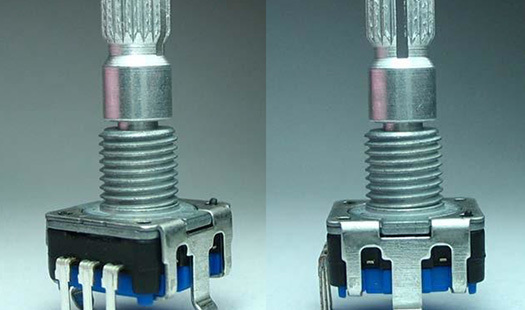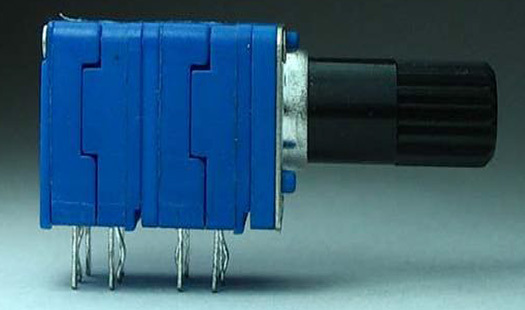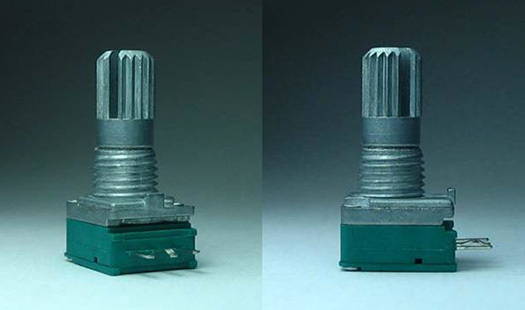Unlocking the Secrets of the Hollow Encoder: Your Guide to Potentiometers
May 24,2025
What is a Hollow Encoder?
Ever stumbled upon the term Hollow Encoder while exploring the realm of electronics? If so, you're not alone! These nifty devices play a crucial role in various applications, especially when it comes to potentiometers. But what exactly is a Hollow Encoder, and why should you care? Let’s dig in!
The Basics: What Does It Do?
At its core, a Hollow Encoder is a type of rotary encoder that converts the angular position or motion of a shaft into an electrical signal. You know, like how a dimmer switch works! It's often used to measure angular displacement, making it a valuable tool in robotics, automotive applications, and even consumer electronics.
Why Potentiometers Matter
Now, let’s talk potentiometers. These devices are essential in controlling voltage and current in circuits. They’re like the unsung heroes of electronics, allowing you to adjust settings with precision. When paired with a Hollow Encoder, they create a dynamic duo that can enhance control systems significantly.
A Match Made in Heaven
So, how do these two work together? Imagine a scenario where you’re adjusting the volume on your stereo. The potentiometer senses your adjustment and, in conjunction with the Hollow Encoder, sends a signal that tells the amplifier how much to increase or decrease the sound. Pretty cool, right?
Types of Hollow Encoders
Not all Hollow Encoders are created equal! They come in various types, each suited for different applications. Let's check out a few common ones:
1. Incremental Hollow Encoders
These measure the movement from one position to the next. They’re fantastic for applications where you only need to know the direction of movement. Think of them as your friendly neighborhood guide!
2. Absolute Hollow Encoders
On the other hand, absolute encoders keep track of the exact position even if the power goes out. They’re like your reliable GPS, always knowing where you are!
3. Optical Hollow Encoders
These use light to detect position. They’re precise and perfect for high-resolution applications. If you want accuracy, these are your go-to!
Applications of Hollow Encoders
Now that you’ve got the lowdown on Hollow Encoders and potentiometers, let’s chat about where you’ll find them in action:
Robotics
In the world of robotics, precision is key. Hollow Encoders help robotic arms move accurately, ensuring they perform tasks with finesse.
Automotive Industry
From steering wheels to throttle control, these devices play a significant role in modern vehicles. They help in providing feedback for smooth operation.
Consumer Electronics
Whether it’s your favorite gaming console or a high-end sound system, Hollow Encoders enhance user experience by providing responsive controls.
Conclusion: Embrace the Future!
As we wrap things up, it’s clear that the Hollow Encoder is more than just a buzzword in the electronics world. When combined with potentiometers, it opens up a universe of possibilities, allowing for greater control and precision in various applications. So next time you adjust the volume on your stereo or steer your car, take a moment to appreciate the technology working behind the scenes. Who knew something so small could make such a big impact?
More Information
2025-05-24
More Information
2025-05-24
RECOMMENDED










